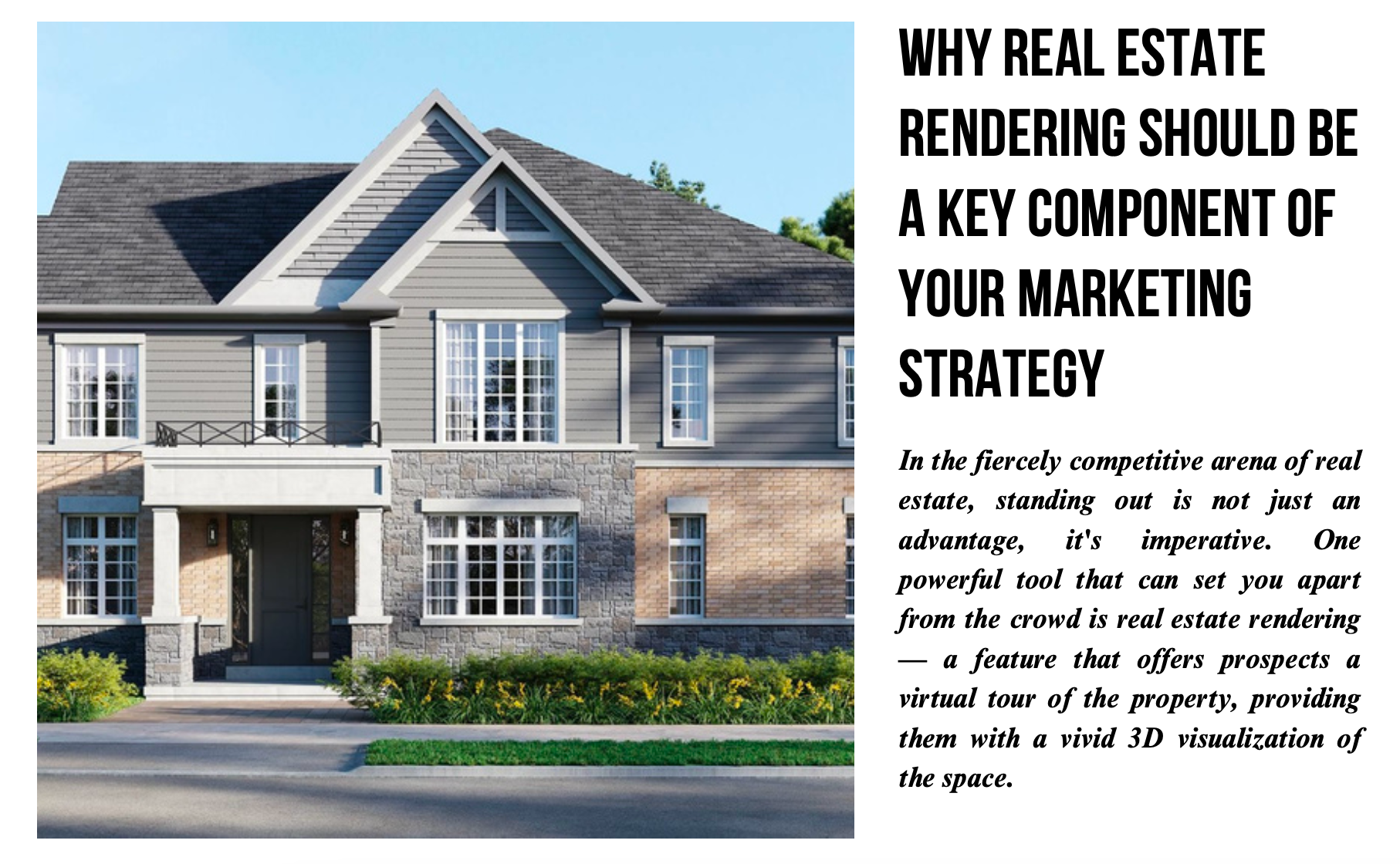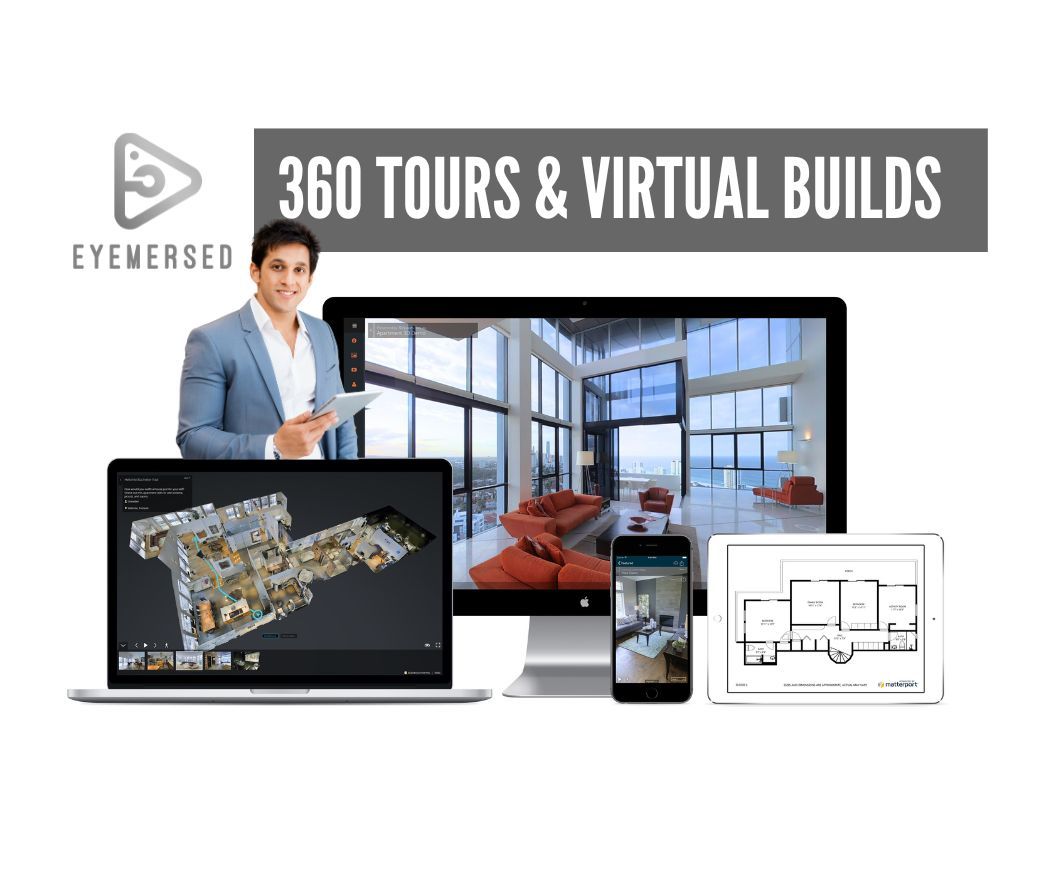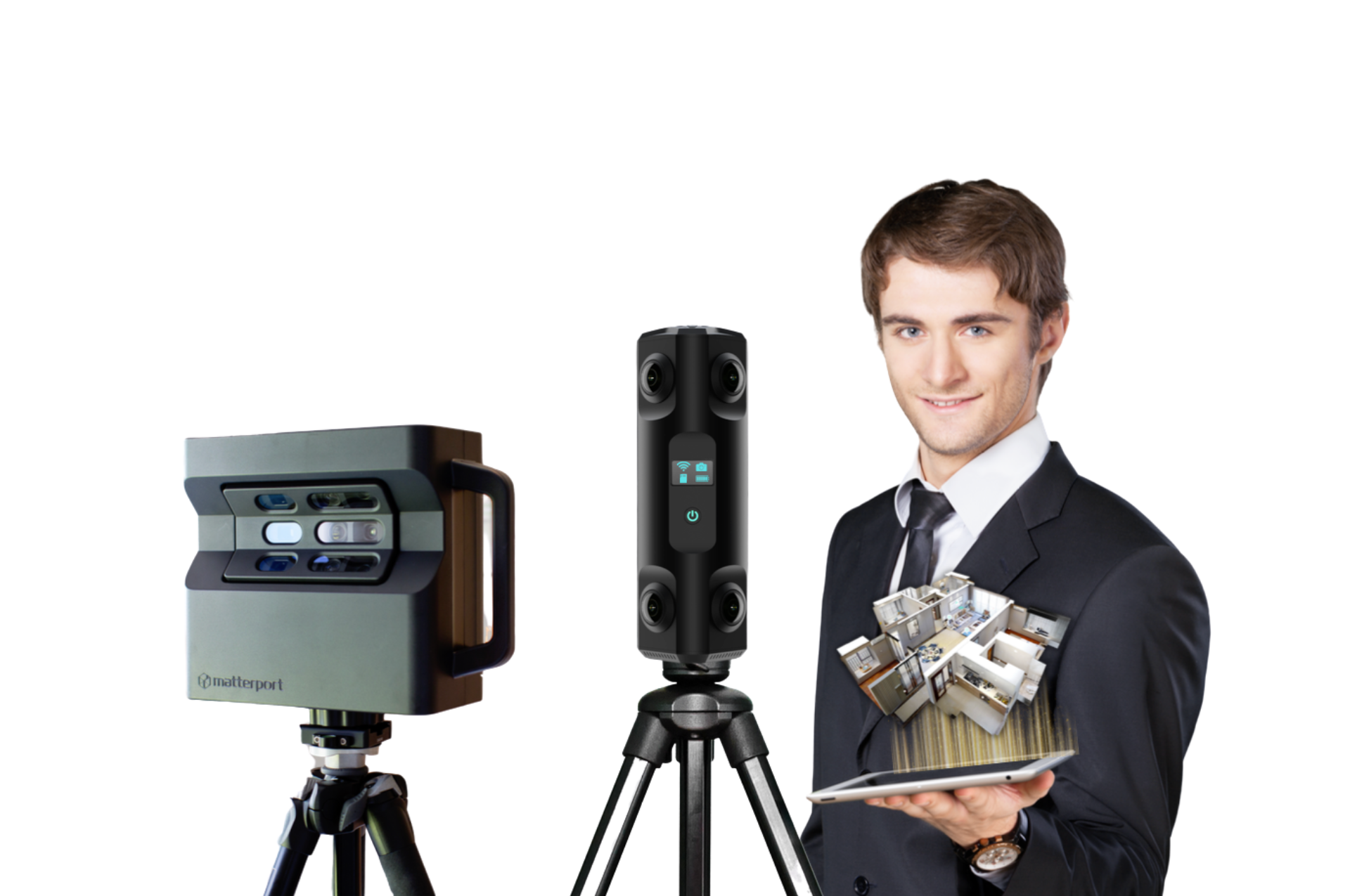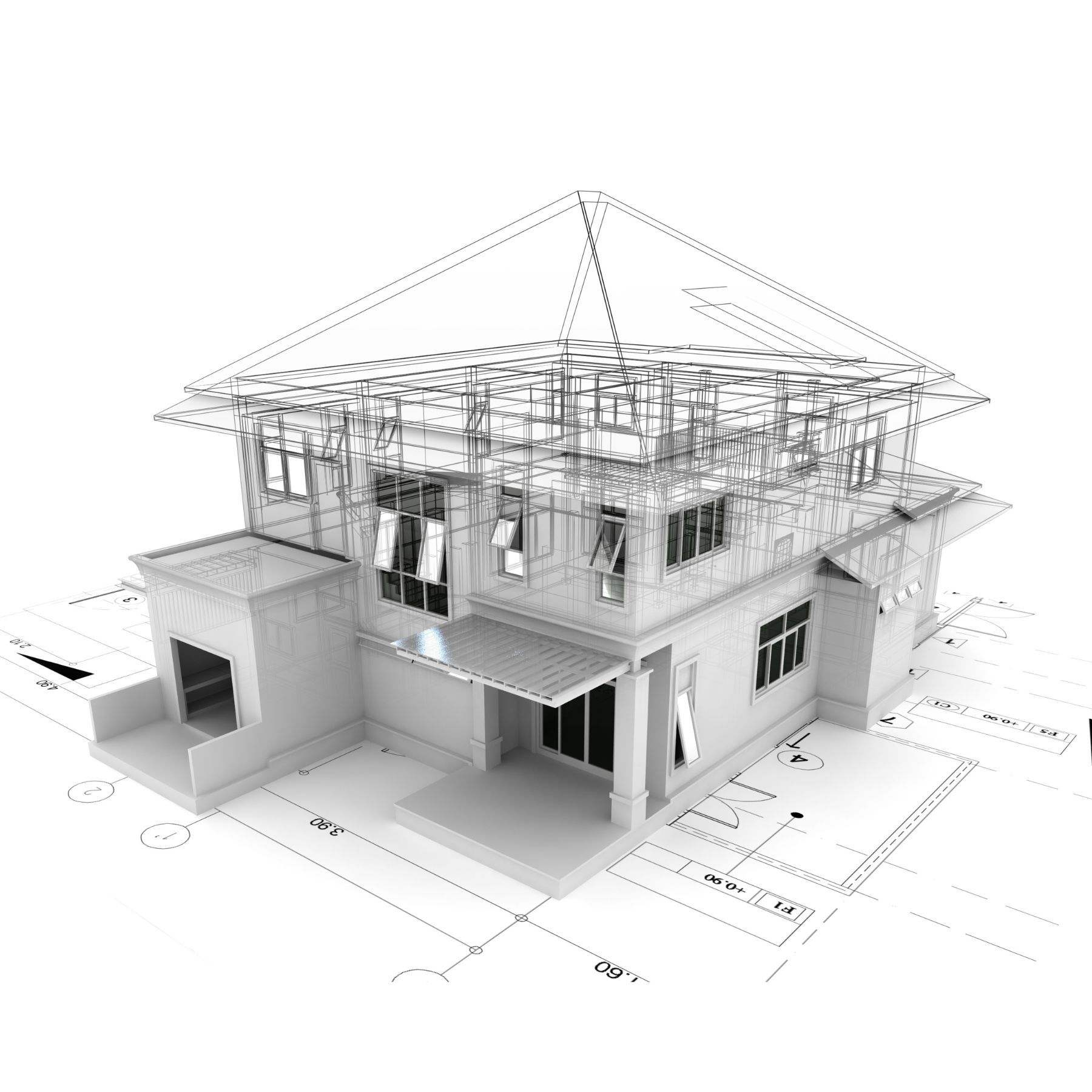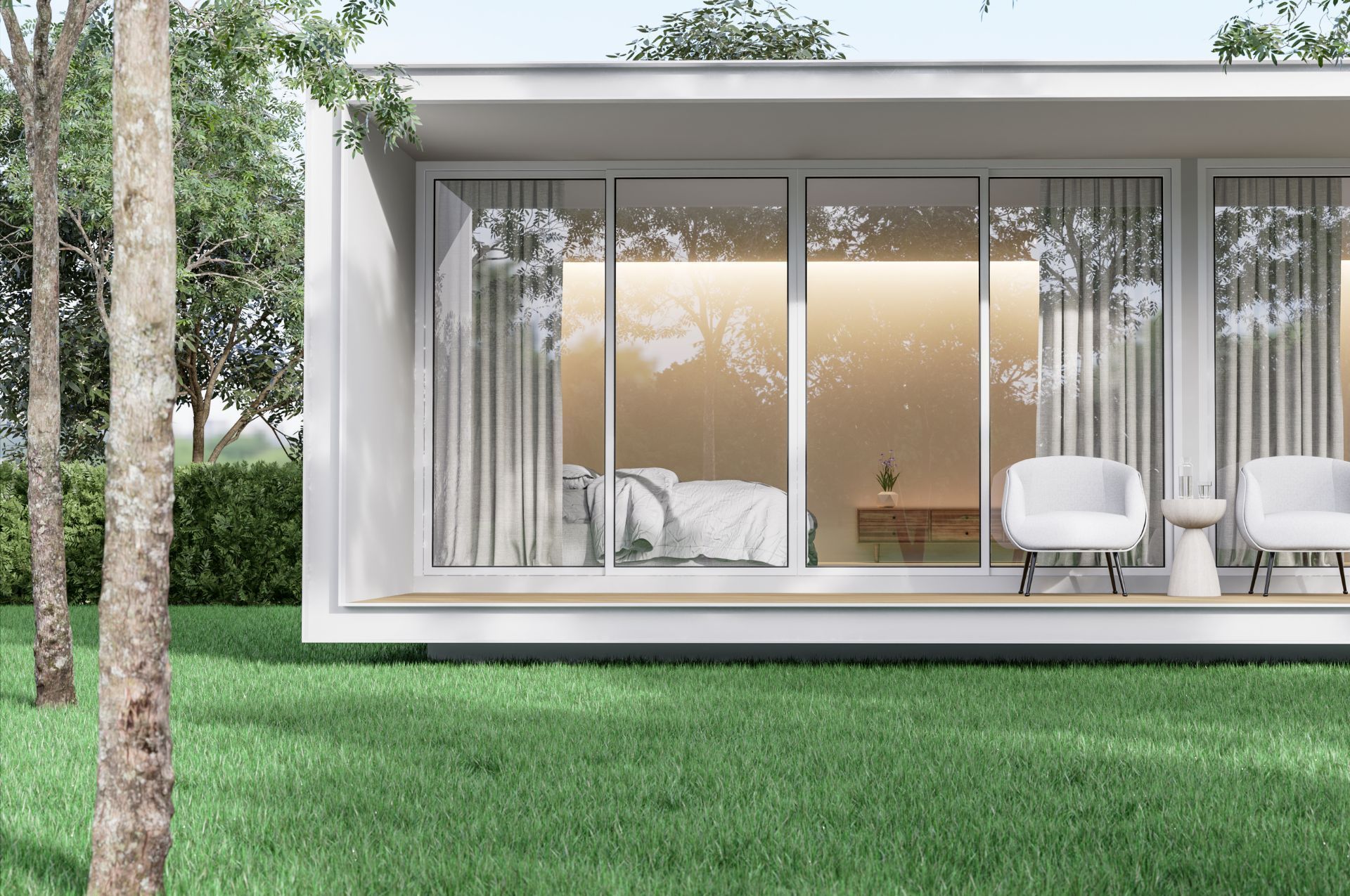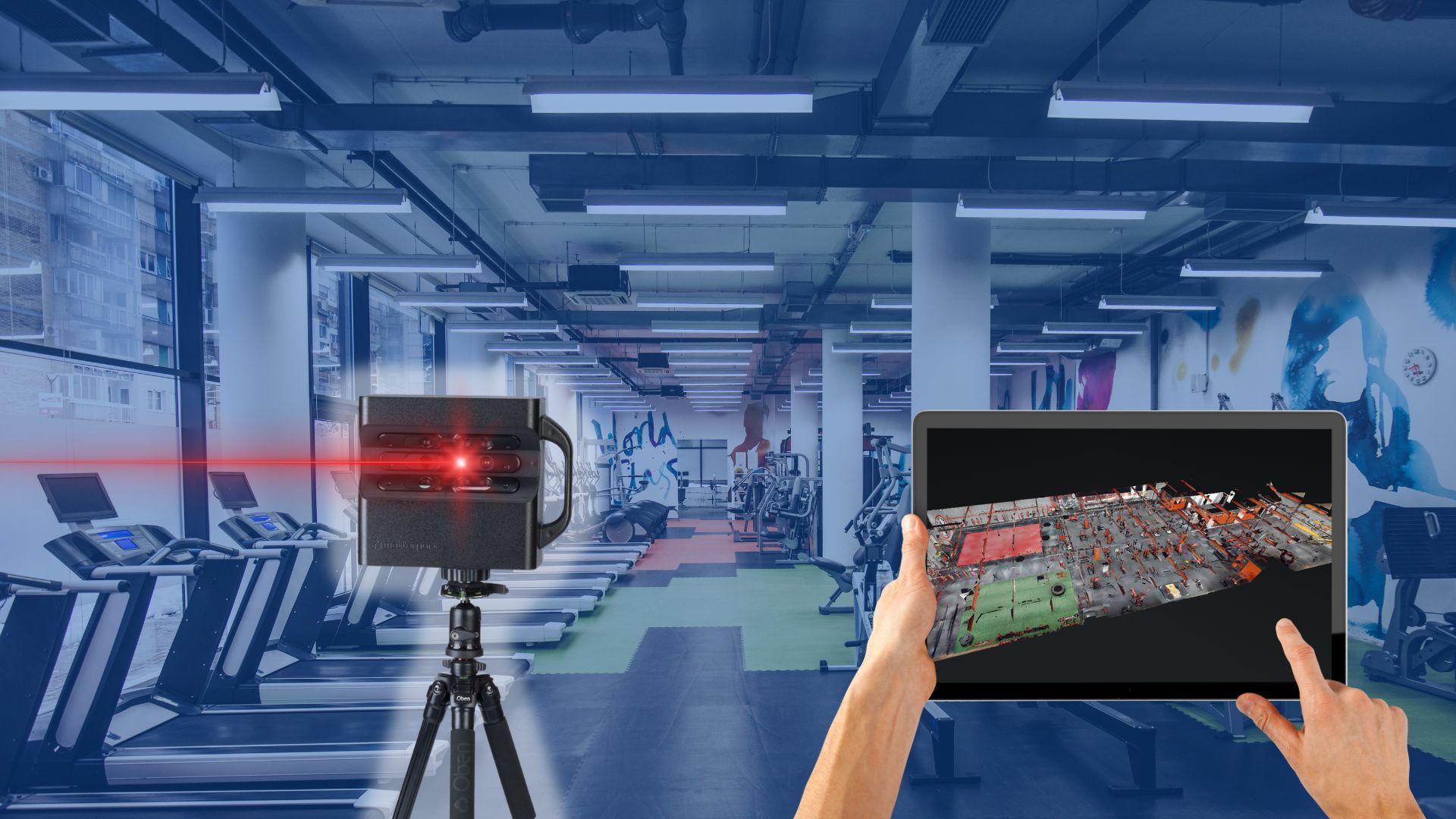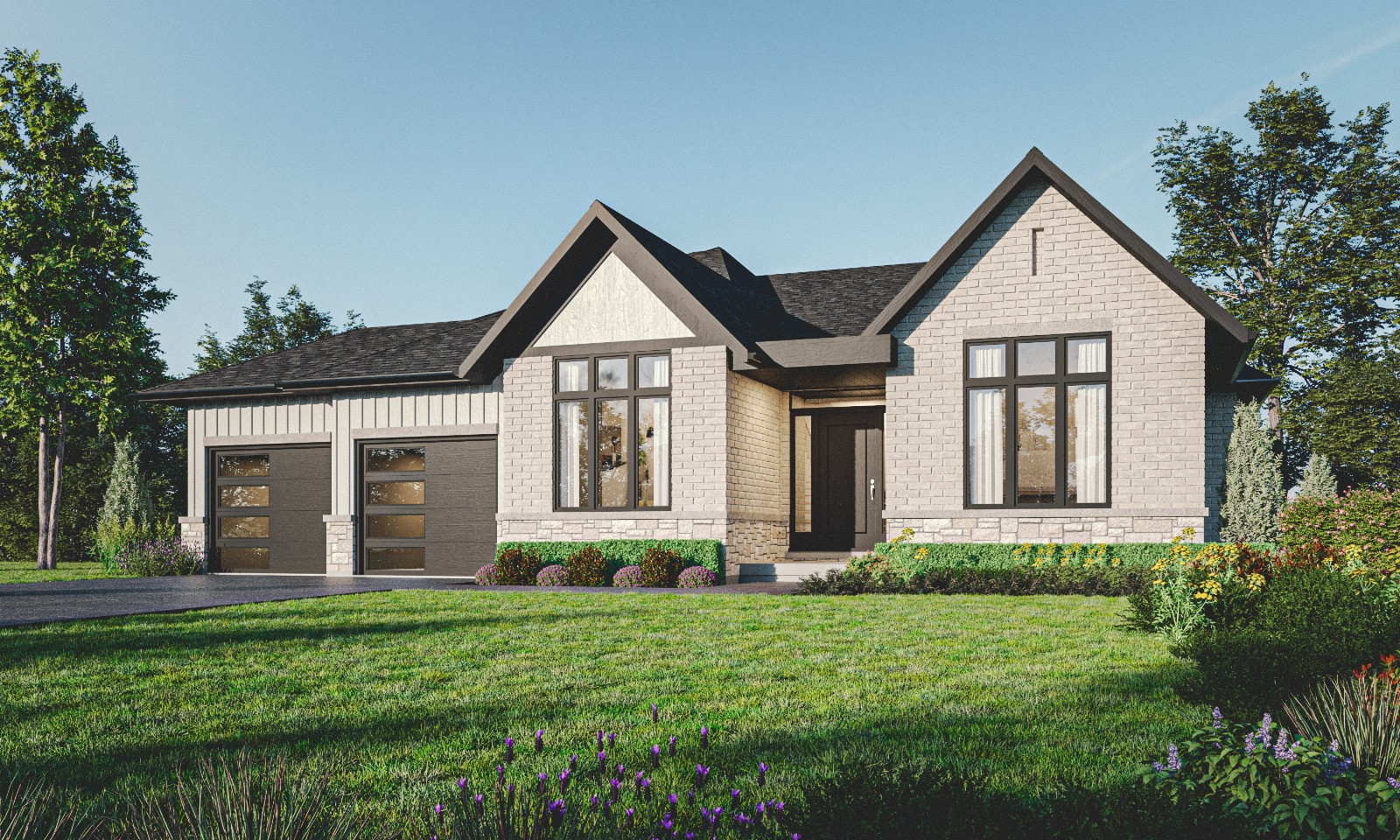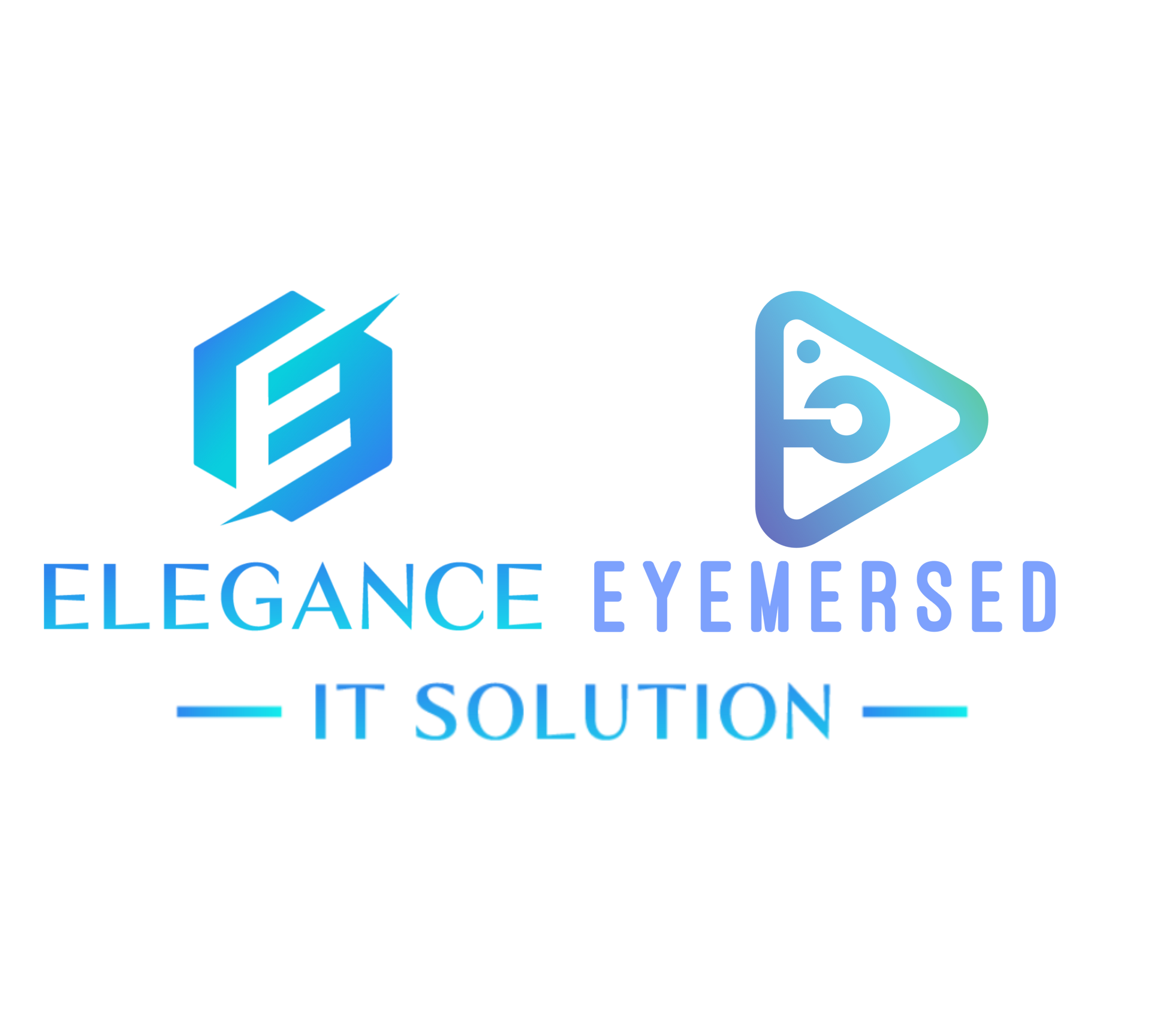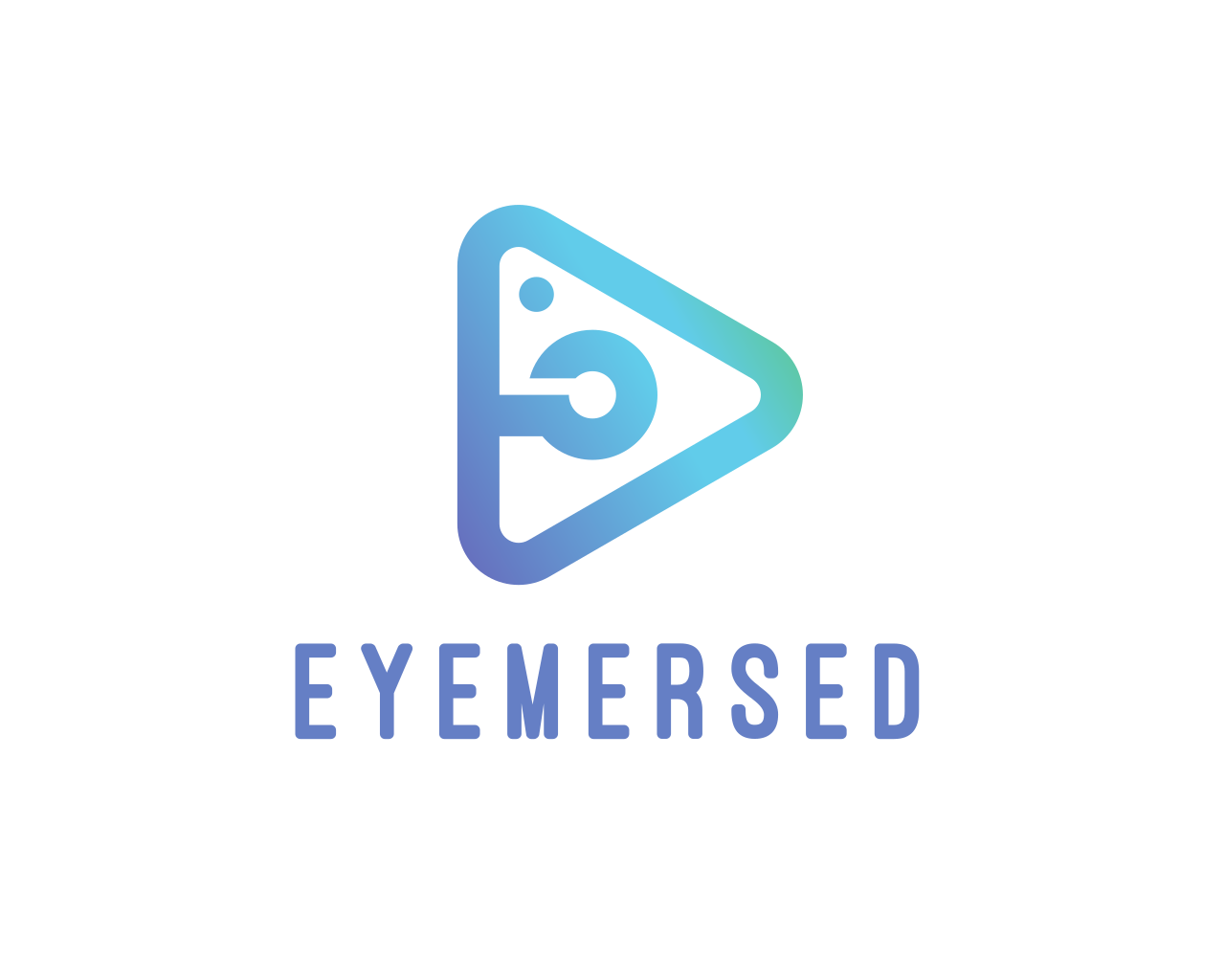...
Gone are the days when the real estate market operated solely on the basis of physical property visits, paper brochures, and cumbersome, time-consuming processes. The future of real estate technology is here, and it's revolutionizing the way we interact with properties, both as buyers and sellers. With advancements in virtual reality (VR), 3D tours, and drone technology, the real estate market is undergoing a seismic shift, making property transactions more accessible, efficient, and immersive than ever before. In this deep dive, I'll share not just the trends but the transformative potential these technologies hold, drawing on both my personal experiences and industry insights that illuminate the path forward for real estate technology.
The Future of Real Estate Technology
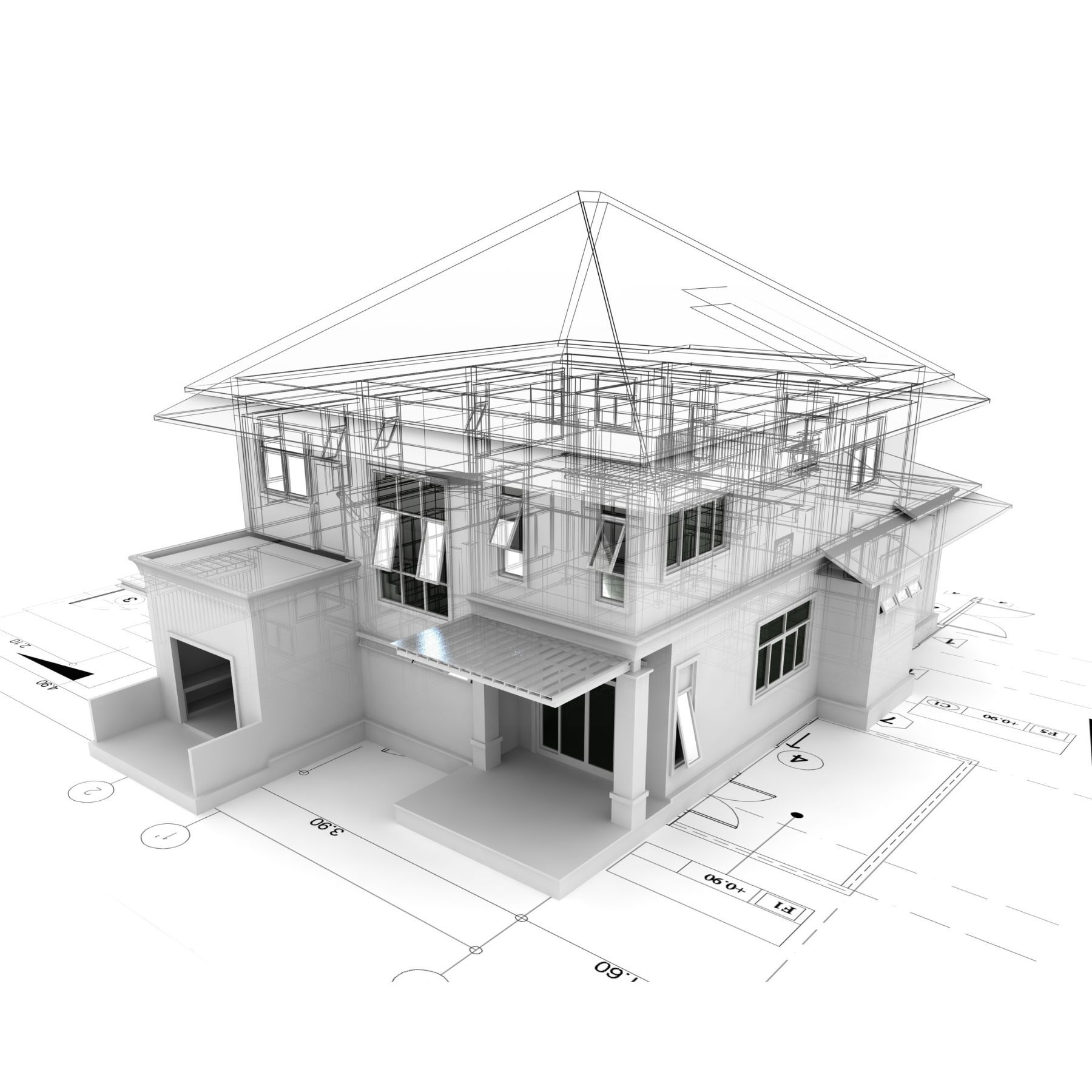
VIRTUAL REALITY
Virtual Reality in real estate isn't just a fad; it's a fundamental shift in how properties are showcased and viewed. I remember the first time I donned a VR headset to tour a property. The experience wasn't just about seeing rooms from different angles; it was about feeling the space, understanding the layout on an intuitive level, and imagining my life unfolding within those walls. This isn't just about convenience; it's about connection.
From a technical standpoint, VR allows real estate agents and developers to create immersive, interactive experiences that can be accessed from anywhere in the world. This is particularly crucial in today's globalized property market, where buyers may be continents away from their potential new home. The technology has advanced to a point where virtual walkthroughs can include interactive elements, such as opening doors, changing finishes, and even simulating different lighting conditions based on the time of day.
Insider Tip: Experts suggest that VR can significantly increase engagement rates with listings, with users spending up to 10x longer exploring properties virtually than they do with traditional listings.
For those of us in the real estate business, incorporating VR into our offerings isn't just an option; it's becoming a necessity. The competitive edge it provides is undeniable, and its capacity to draw in and engage potential buyers is unparalleled.
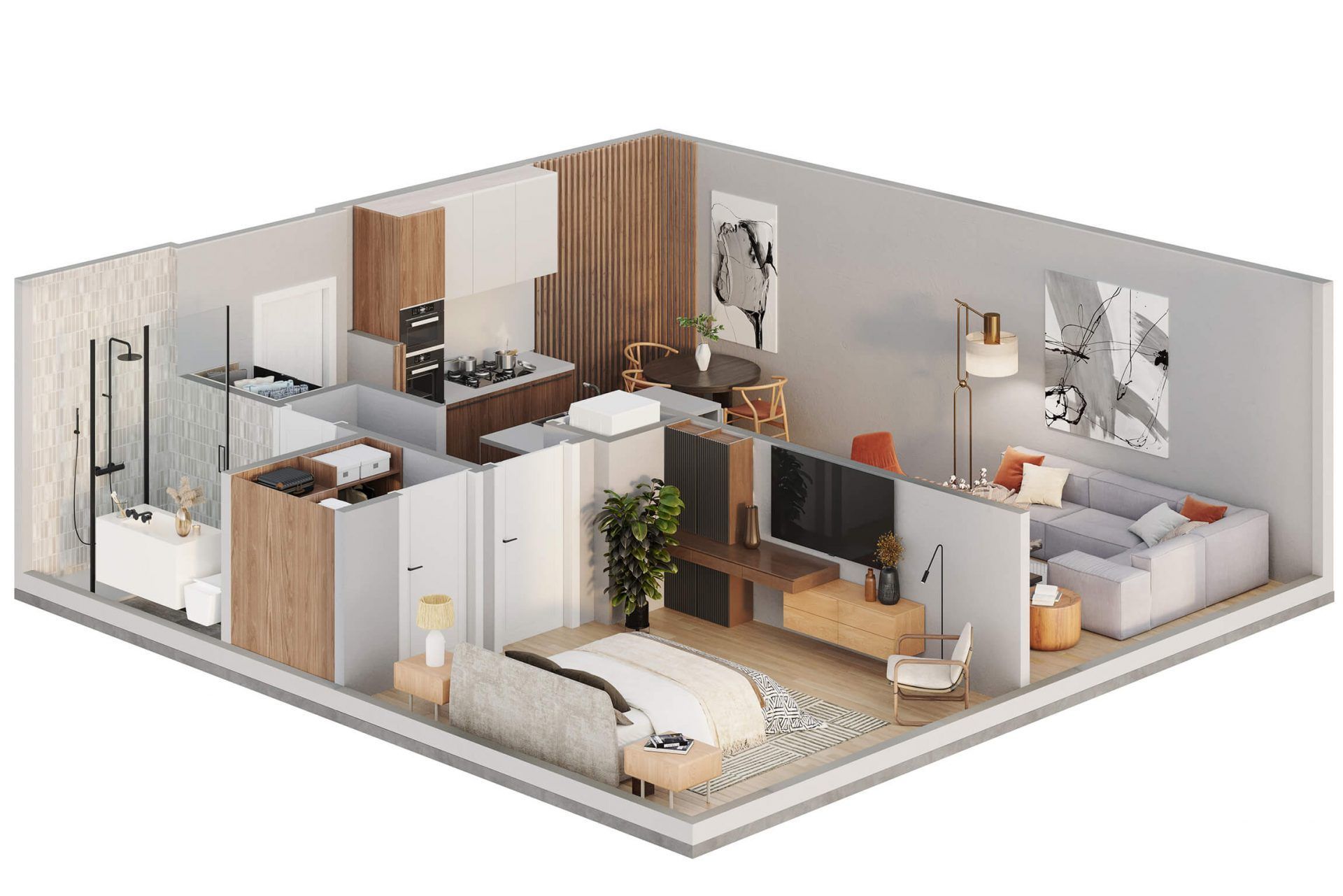
3D TOURS
New 3D tours represent another leap forward in real estate technology. While VR requires specific hardware to fully experience, 3D tours are accessible to anyone with a smartphone or computer. This democratization of access has made it a game-changer for the real estate market. I've seen firsthand how a well-crafted 3D tour can turn a casual browser into a serious inquiry. It's about providing a level of detail and perspective that photos alone can't achieve.
Technologically, 3D tours leverage sophisticated camera systems and software to stitch together panoramic images, creating a seamless, interactive, virtual experience. Potential buyers can navigate through properties at their own pace, focusing on details that matter most to them, and getting a sense of the space that's nearly as good as being there in person.
The impact of 3D tours on the market cannot be overstated. They not only save time for both buyers and agents but also widen the pool of potential buyers, breaking down geographical barriers. Properties that might have been overlooked due to distance can now be viewed and appreciated from anywhere, expanding the market and increasing opportunities for sellers.
Insider Tip: Real estate professionals who use 3D tours report a significant increase in inquiries and a decrease in the number of unnecessary physical viewings, making the sales process more efficient and focused.Paragraph
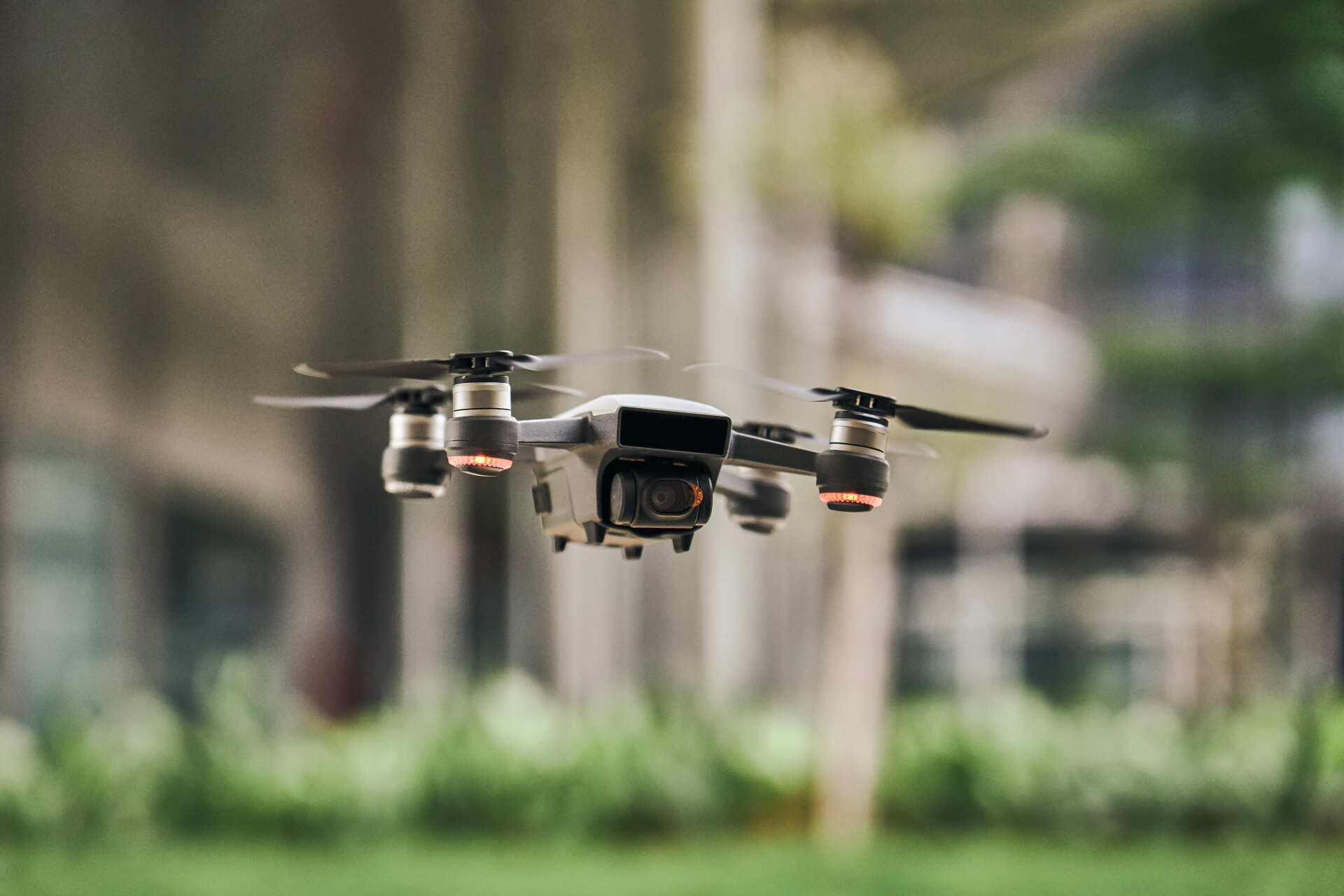
DRONES
Drones have taken real estate visualization to new heights—literally. The perspective offered by aerial footage adds an unparalleled dimension to property listings, providing views and insights that ground-based photography simply can’t match. My first encounter with drone footage in a listing was a revelation; the sweeping views of the property, the lay of the land, and the neighborhood context added layers of information that were both practical and emotionally engaging.
The use of drones in real estate goes beyond just capturing stunning footage. It allows for detailed inspections of hard-to-access areas, such as roofs and upper stories, providing valuable information about the property’s condition. Furthermore, it’s an invaluable tool for showcasing the surrounding area, amenities, and features that might be invisible from the ground.
Despite the clear benefits, integrating drone technology into real estate practices requires adherence to regulations and a commitment to safety and privacy. However, for those willing to navigate these waters, the payoff in terms of listing quality and buyer engagement is substantial.
Insider Tip: The most effective drone videos are those that tell a story, guiding potential buyers through the property and its surroundings in a way that builds a narrative around the lifestyle the property enables.
The Impact of 3D Tours: A Realtor's Experience
As a realtor, I have seen firsthand the impact that 3D tours can have on the real estate industry. One of my clients, Sarah, was hesitant to list her property during the pandemic due to concerns about in-person showings. After discussing the option of a 3D tour, she agreed to give it a try. The 3D tour allowed potential buyers to virtually walk through the property, experiencing it as if they were there in person.
The result was astonishing - we received twice as many inquiries compared to traditional listings, and Sarah's property was sold within a month. The convenience and immersive experience offered by the 3D tour not only attracted more interest but also saved time for both the buyers and sellers. It's clear that 3D tours are not just a trend, but a transformative tool that is shaping the future of real estate.
The Future of Real Estate
The future of real estate technology is not just about adopting new tools; it's about reimagining the buying and selling process from the ground up. Virtual reality, 3D tours, and drone footage are just the beginning. As these technologies continue to evolve and integrate, they will create a more seamless, efficient, and engaging property market.
One of the most exciting prospects is the integration of these technologies to provide a comprehensive, end-to-end virtual experience. Imagine a future where a potential buyer can explore a property through a VR headset, switch to a 3D tour for detailed exploration of specific rooms, and then zoom out to drone footage for a bird’s-eye view of the property and its neighborhood, all within a single, integrated platform.
This future is not as far off as it might seem. Advances in AI and machine learning are set to further enhance the real estate market, making virtual interactions more intuitive and personalized. The potential for real-time language translation, for instance, could make properties accessible to an even wider global audience, breaking down the final barriers in a truly international market.
In conclusion, the future of real estate technology, particularly the development and integration of virtual builds, stands to redefine the industry. We're moving towards a market that is more accessible, more efficient, and more engaging for buyers and sellers alike. As someone deeply embedded in the real estate world, I can attest to the transformative potential of these technologies. They're not just changing how we do business; they're changing how we conceive of space, place, and property itself. The future of real estate is bright, and it's virtual.
By embracing these technologies today, we're not just keeping up with the times; we're paving the way for a new era of real estate, one that promises to be as exciting as it is transformative.
List of Services
-
Who is driving the future of virtual builds in the real estate market?List Item 1
Real estate technology companies are leading the way with virtual builds.
-
What are virtual builds in the real estate market?List Item 2
Virtual builds are 3D models of properties created for virtual tours.
-
How are virtual builds shaping the real estate market?List Item 3
Virtual builds are revolutionizing the market by offering immersive property experiences.
-
What if clients prefer physical tours over virtual builds?List Item 4
Virtual builds can complement physical tours, offering convenience and accessibility.
-
Who can benefit from the use of virtual builds in real estate?
Real estate agents, developers, and homebuyers can all benefit from virtual builds.
-
How do virtual builds improve the real estate market?
Virtual builds streamline the buying process and offer a more engaging experience.
VIRTUAL BUILD AND RENDERS
